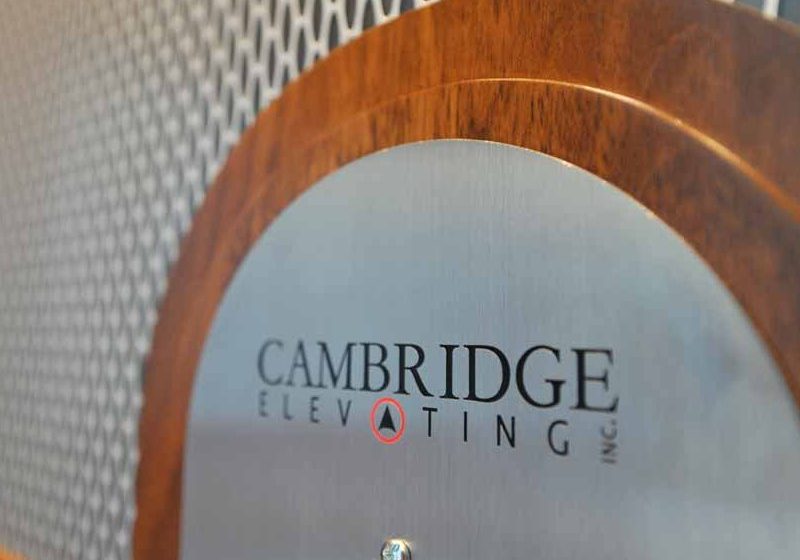Duty Calls: Understanding Your Obligation to Have Escalators Inspected Annually
Oct 1, 2013
Members of the general public take it for granted that all escalators are safe, and that there is little chance of an accident occurring. However, injuries occur more frequently on escalators than on elevators, even though there are far more elevators operating today. And, they are serious injuries.
So, annual inspections do more than just offer compliance with necessary government legislation and regulations. They also aim to minimize the risk of injury to riders, as well as potentially increase the lifespan of the equipment, provide data for future equipment investments and improve the performance of the escalator by reducing the possibility of a breakdown.
Escalators have been giving people around the world a lift for more than 110 years. Moving passengers quickly where elevators would be impractical, they have become an expected feature in shopping malls, department stores, hotels and airports in nearly every country.
“Escalator” is a combination of Latin word for steps, “scala,” and the word “elevator.” Nathan Ames, a patent solicitor from Saugus, Massachusetts, held the first patent in the U.S. for an escalator-like system in 1859 (ELEVATOR WORLD, October 2006), although his “revolving stairs” invention did not evolve from the drawing board to a working model.
Over the years, escalators have become such a significant part of urban living that most people underestimate the risk of injury when traveling on them. The complacency of riders is just one reason why building owners and managers must adhere to the obligation of having annual inspections performed on all of their escalators.
In the late 1890s, the world’s first commercially successful moving-stairs system was installed, and the benefits of escalators were quickly recognized by both owners and riders. They have the capacity to move large numbers of people to different floors, they do not have waiting intervals, and they can be used to control traffic flows by guiding people to specific locations (such as exits) or discouraging visitors from using an entrance as an exit. While all of the benefits of escalators make them an obvious choice to efficiently move people from one location to another, they still have the ability to cause great harm to their riders.
The American Society of Mechanical Engineers (ASME) has been the prominent authority for elevator and escalator safety standards since 1921. Its standards have been adopted worldwide and outline minimum requirements to provide a reasonable degree of safety for the general public with technical codes and performance-based standards. The ASME A17 Safety Code for Elevators and Escalators includes the design, construction, operation, inspection, testing, maintenance, alteration and repair of elevators and escalators.
Industry analysts say sporadic inspections could potentially endanger the general public. Building owners and managers must ensure their escalators are thoroughly inspected at least once a year. Additional inspections may also be required to improve efficiency, reliability and ride quality.
The National Elevator Industry, Inc. (NEII®) has provided proper escalator safety guidelines that complement yearly inspections in an effort to keep riders safe. NEII reports that while escalators are among the safest forms of transportation, accidents can occur as a result of unsafe riding practices. NEII suggests that, among the many tips for ensuring a safe ride, riders keep loose clothing clear of steps and sides, wear closed-toed and hard-soled shoes, avoid wearing footwear made of soft resin or other rubbery materials and stand clear of the sides of escalators by standing in the middle of a step. The organization’s complete list of escalator safety tips is available at website: neii.org.
Get more of Elevator World. Sign up for our free e-newsletter.









